Emam Hossain
Learning What Matters: Causal Time Series Modeling for Arctic Sea Ice Prediction
Sep 11, 2025Abstract:Conventional machine learning and deep learning models typically rely on correlation-based learning, which often fails to distinguish genuine causal relationships from spurious associations, limiting their robustness, interpretability, and ability to generalize. To overcome these limitations, we introduce a causality-aware deep learning framework that integrates Multivariate Granger Causality (MVGC) and PCMCI+ for causal feature selection within a hybrid neural architecture. Leveraging 43 years (1979-2021) of Arctic Sea Ice Extent (SIE) data and associated ocean-atmospheric variables at daily and monthly resolutions, the proposed method identifies causally influential predictors, prioritizes direct causes of SIE dynamics, reduces unnecessary features, and enhances computational efficiency. Experimental results show that incorporating causal inputs leads to improved prediction accuracy and interpretability across varying lead times. While demonstrated on Arctic SIE forecasting, the framework is broadly applicable to other dynamic, high-dimensional domains, offering a scalable approach that advances both the theoretical foundations and practical performance of causality-informed predictive modeling.
Correlation to Causation: A Causal Deep Learning Framework for Arctic Sea Ice Prediction
Mar 03, 2025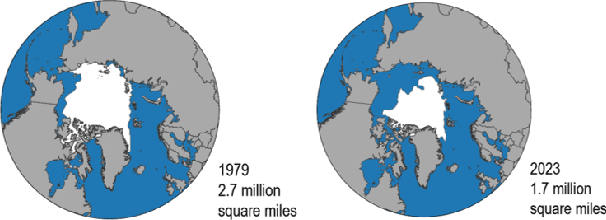
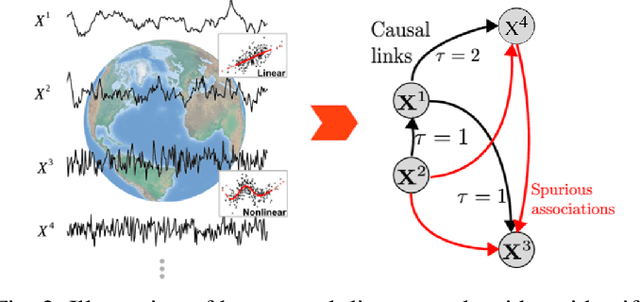

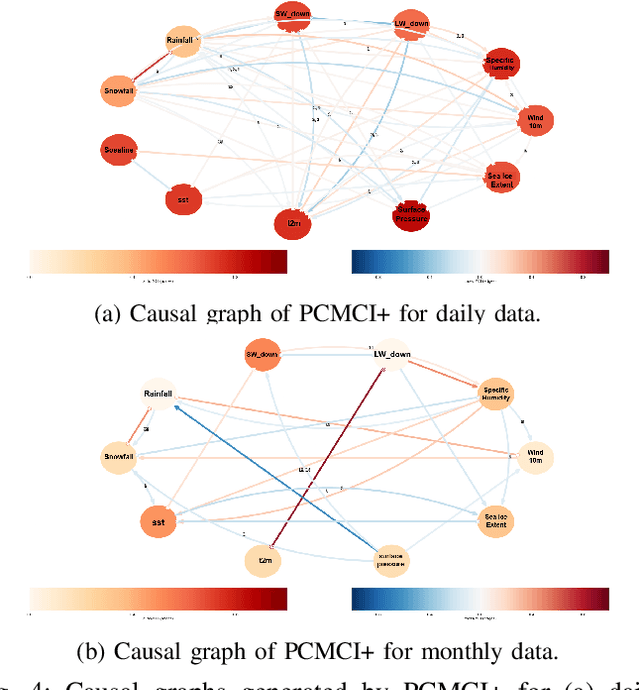
Abstract:Traditional machine learning and deep learning techniques rely on correlation-based learning, often failing to distinguish spurious associations from true causal relationships, which limits robustness, interpretability, and generalizability. To address these challenges, we propose a causality-driven deep learning framework that integrates Multivariate Granger Causality (MVGC) and PCMCI+ causal discovery algorithms with a hybrid deep learning architecture. Using 43 years (1979-2021) of daily and monthly Arctic Sea Ice Extent (SIE) and ocean-atmospheric datasets, our approach identifies causally significant factors, prioritizes features with direct influence, reduces feature overhead, and improves computational efficiency. Experiments demonstrate that integrating causal features enhances the deep learning model's predictive accuracy and interpretability across multiple lead times. Beyond SIE prediction, the proposed framework offers a scalable solution for dynamic, high-dimensional systems, advancing both theoretical understanding and practical applications in predictive modeling.
Time Series Classification of Supraglacial Lakes Evolution over Greenland Ice Sheet
Oct 08, 2024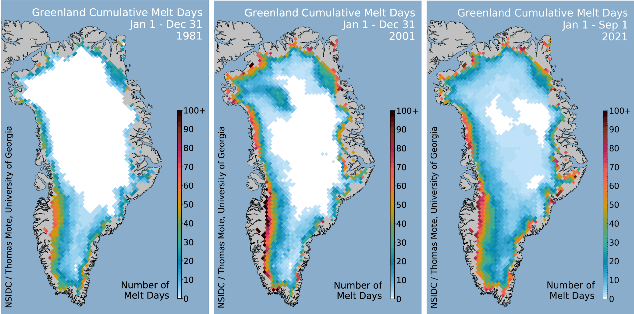
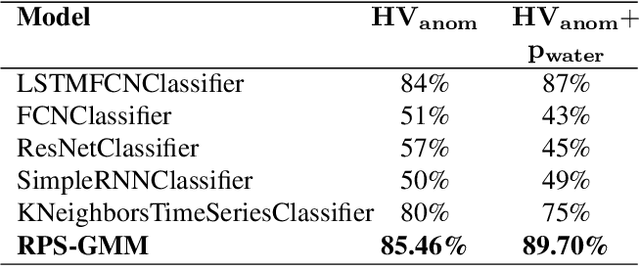
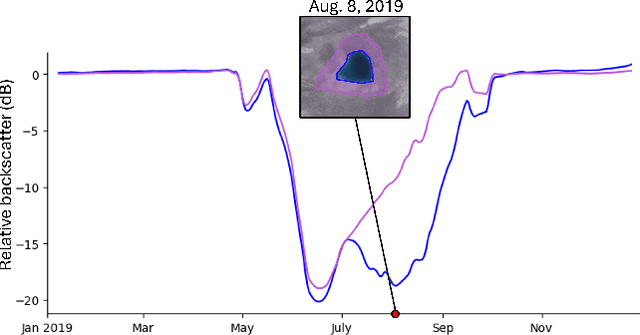

Abstract:The Greenland Ice Sheet (GrIS) has emerged as a significant contributor to global sea level rise, primarily due to increased meltwater runoff. Supraglacial lakes, which form on the ice sheet surface during the summer months, can impact ice sheet dynamics and mass loss; thus, better understanding these lakes' seasonal evolution and dynamics is an important task. This study presents a computationally efficient time series classification approach that uses Gaussian Mixture Models (GMMs) of the Reconstructed Phase Spaces (RPSs) to identify supraglacial lakes based on their seasonal evolution: 1) those that refreeze at the end of the melt season, 2) those that drain during the melt season, and 3) those that become buried, remaining liquid insulated a few meters beneath the surface. Our approach uses time series data from the Sentinel-1 and Sentinel-2 satellites, which utilize microwave and visible radiation, respectively. Evaluated on a GrIS-wide dataset, the RPS-GMM model, trained on a single representative sample per class, achieves 85.46% accuracy with Sentinel-1 data alone and 89.70% with combined Sentinel-1 and Sentinel-2 data. This performance significantly surpasses existing machine learning and deep learning models which require a large training data. The results demonstrate the robustness of the RPS-GMM model in capturing the complex temporal dynamics of supraglacial lakes with minimal training data.
A Survey on Causal Discovery Methods for Temporal and Non-Temporal Data
Apr 05, 2023Abstract:Causal Discovery (CD) is the process of identifying the cause-effect relationships among the variables of a system from data. Over the years, several methods have been developed primarily based on the statistical properties of data to uncover the underlying causal mechanism. In this study, we present an extensive discussion on the methods designed to perform causal discovery from both independent and identically distributed (i.i.d.) data and time series data. For this purpose, we first introduce the common terminologies in causal discovery, and then provide a comprehensive discussion of the algorithms designed to identify the causal edges in different settings. We further discuss some of the benchmark datasets available for evaluating the performance of the causal discovery methods, available tools or software packages to perform causal discovery readily, and the common metrics used to evaluate these methods. We also test some common causal discovery algorithms on different benchmark datasets, and compare their performances. Finally, we conclude by presenting the common challenges involved in causal discovery, and also, discuss the applications of causal discovery in multiple areas of interest.
 Add to Chrome
Add to Chrome Add to Firefox
Add to Firefox Add to Edge
Add to Edge